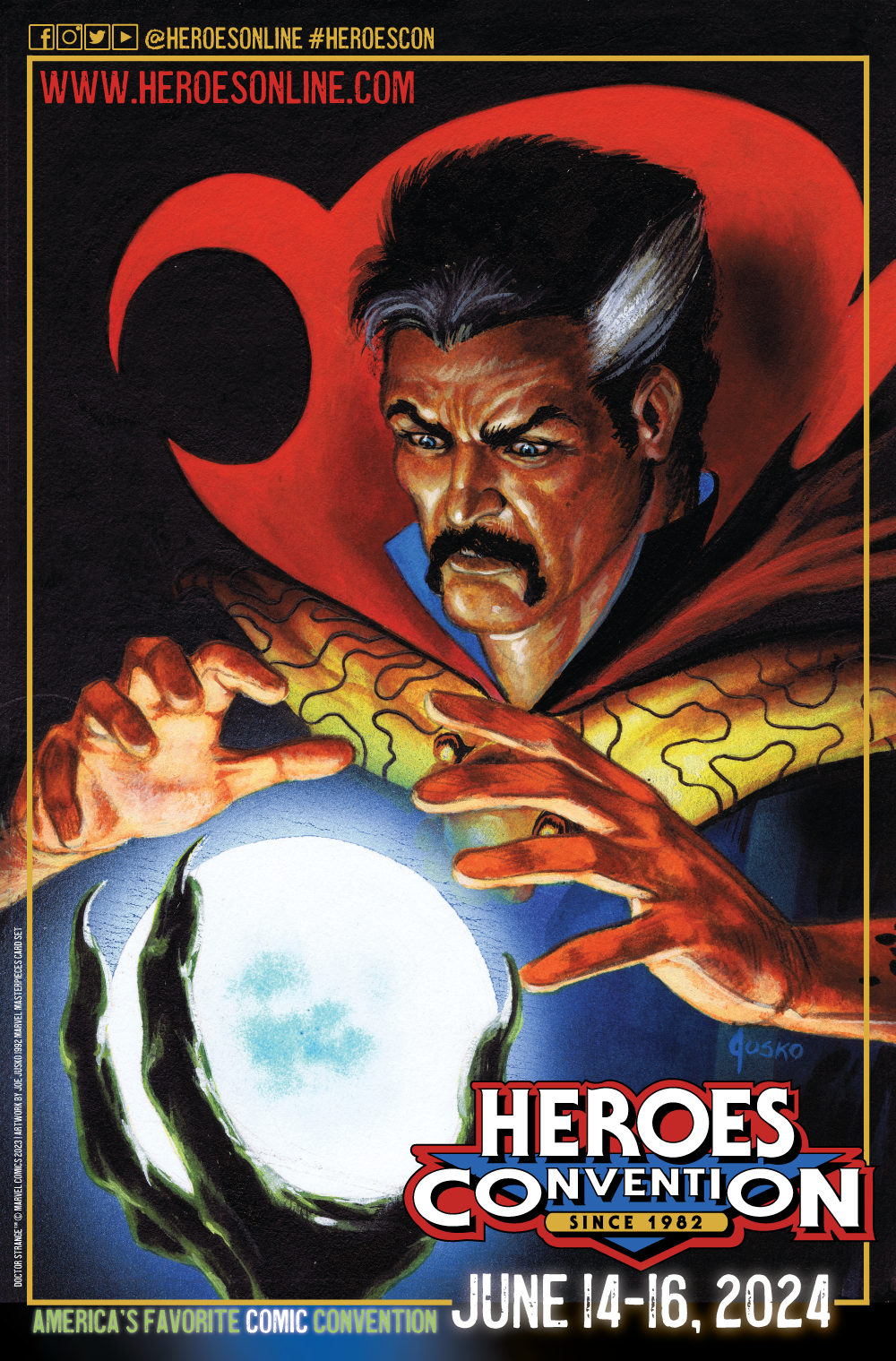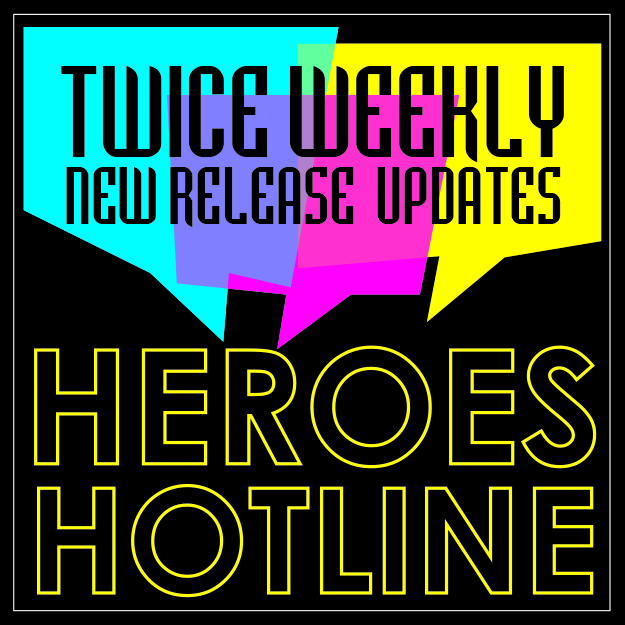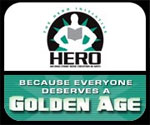REVIEW :: The Twelve
 by J. Michael Straczynski and Chris Weston
by J. Michael Straczynski and Chris Weston
reviewed by Seth Peagler
With Marvel’s series The Twelve being 1/4 of the way to completion, it seems like an appropriate time to offer an overview. This series coincides with the recent trend of publishers offering titles centering around the notion of “heroes from yesterday” trying to find their way in the modern world. This idea is not a novel one in the realm of comics. Anyone remotely familiar with Captain America knows this kind of story has been around for a long time. Part of the reason for the success of The Twelve is that writer J. Michael Straczynski and artist Chris Weston begin the series by assuming that most readers are familiar with the ‘man out of time’ archetype. While assumption is usually not a great thing for any artist to often employ, in this case it works.
With the Marvel Universe still reeling from the loss of Captain America, Straczynski has the government see these newly-discovered past heroes as a necessity, both from a moral standpoint, and a public relations one. In a post-Civil War Marvel Universe, the public’s faith in their heroes has been tested, and with the national symbol of morality, heroism and patriotism dead, it falls on the shoulders of these twelve lost-and-found heroes to shoulder some of those responsibilities whether they want to or not.
The point-of-view character in this series is a hero named The Phantom Reporter, a cape and mask-wearing character who has no super powers to speak of. He was, however, a reporter in his civilian life, which makes him the ideal character to narrate this series. Here Straczynski uses another arguably overused archetype – that of the journalist secret identity. In this case, having a journalist narrate the story works especially well because we get a first-person telling of the many difficulties a person would have in integrating themselves into a world sixty years ahead of the one they remembered. Straczynski and Weston take their time with this aspect of the story, particularly in the scenes where hero Captain Wonder learns of the deaths of his wife and children, then visits their graves in an understandably emotional sequence. The authors want everyone to understand that before these people can get back to being heroes, there are many difficult things they’ll have to deal with in coming to terms with their sixty year absence.
In fact, if there has been a overwhelmingly present theme of these first four issues, it is that the modern world is a much different place than the world of the 1940’s. The authors use several of the characters attempts at dealing with their new situation to describe many possible conflicts. Dynamic Man, for example, while always claiming to be the hero of the future, can’t reconcile his rightly outdated views of race with his desires to be a hero. Mr. E reunites with a scornful son who resents his father’s past attempts to conceal the reality of his heritage. And Master Mind Excello, who can see and hear things outside of a normal human’s range, suffers from horrible headaches as a result of his inability to handle the noise of a world with so many new technologies.
While Straczynski’s name is probably the one bringing most readers to this book, his contributions are equally matched by artist Chris Weston. Weston has illustrated a wide range of characters and stories in his career, and does a good job here of giving each character their own personality. He especially excels at scenes where the characters must face their surviving relatives, or the graves of those who passed on. If there is a major complaint about this series thus far it is fair to say that it is highly derivative, owing many of its ideas to over-used archetypes. Then again, since these are all characters from the 1940’s it is understandable that the authors would focus on archetypes. In four issues there hasn’t been a great deal of action, which some might not appreciate. My thought is that the authors are using these initial issues to deal with the character’s ramifications of being away from life for sixty years. It seems likely that they’ll add more action sequences in the second or third act of the story.
With other similar series like Project: Superpowers from Alex Ross being released all around the same time, it might seem like these books are just a trend not worth buying into. The Twelve is worth buying, if for no other reason, than to see a good writer and a good artist team up to tell very human stories of superheroes out of their time. It’s also worth checking out just to see some of these forgotten heroes that most of us have probably never encountered before.













Sold! Interesting review Seth.. I will give the Twelve a read! thanks!
Thanks Andy. By the way, great job leading the first discussion group. Can’t wait for the next one.